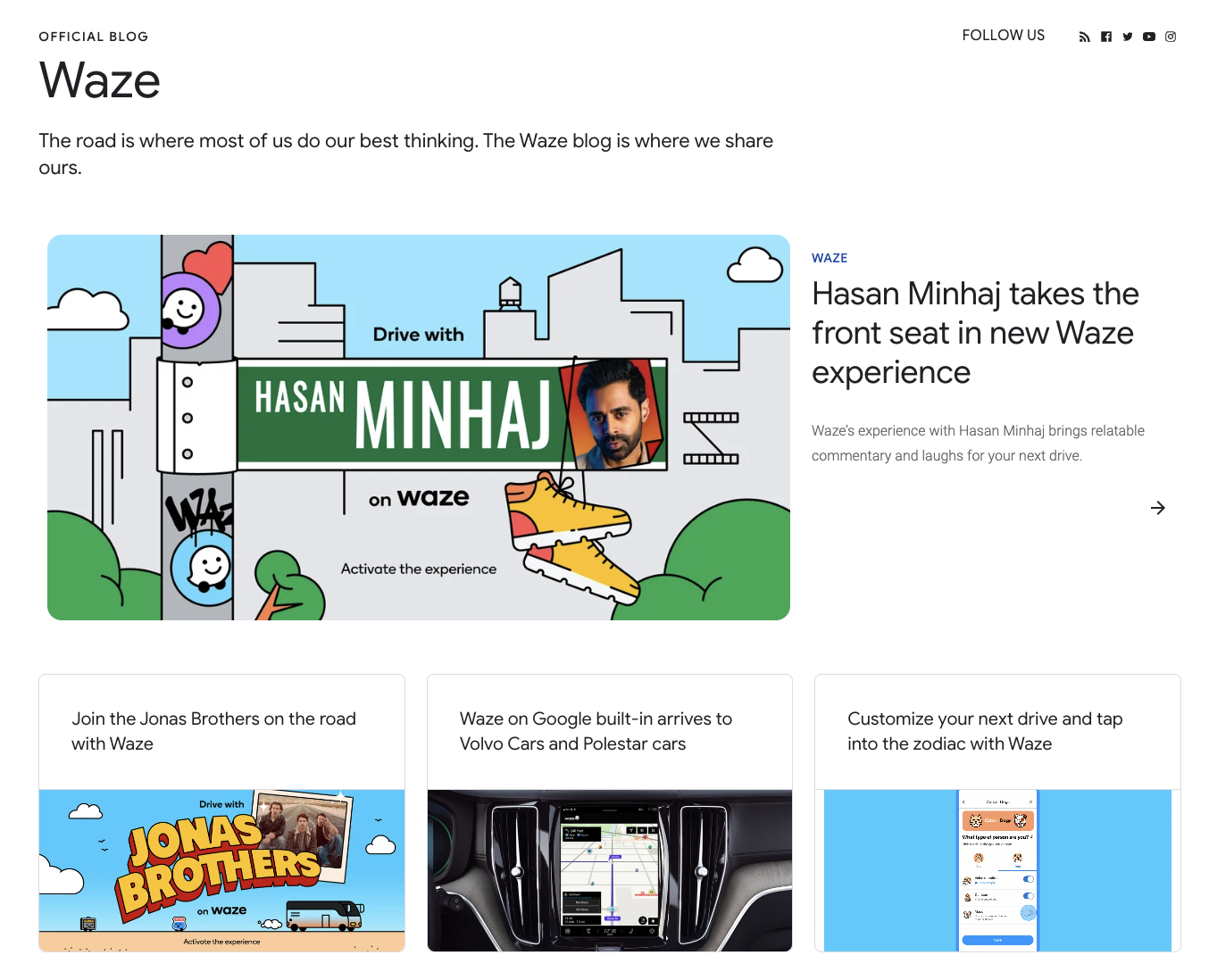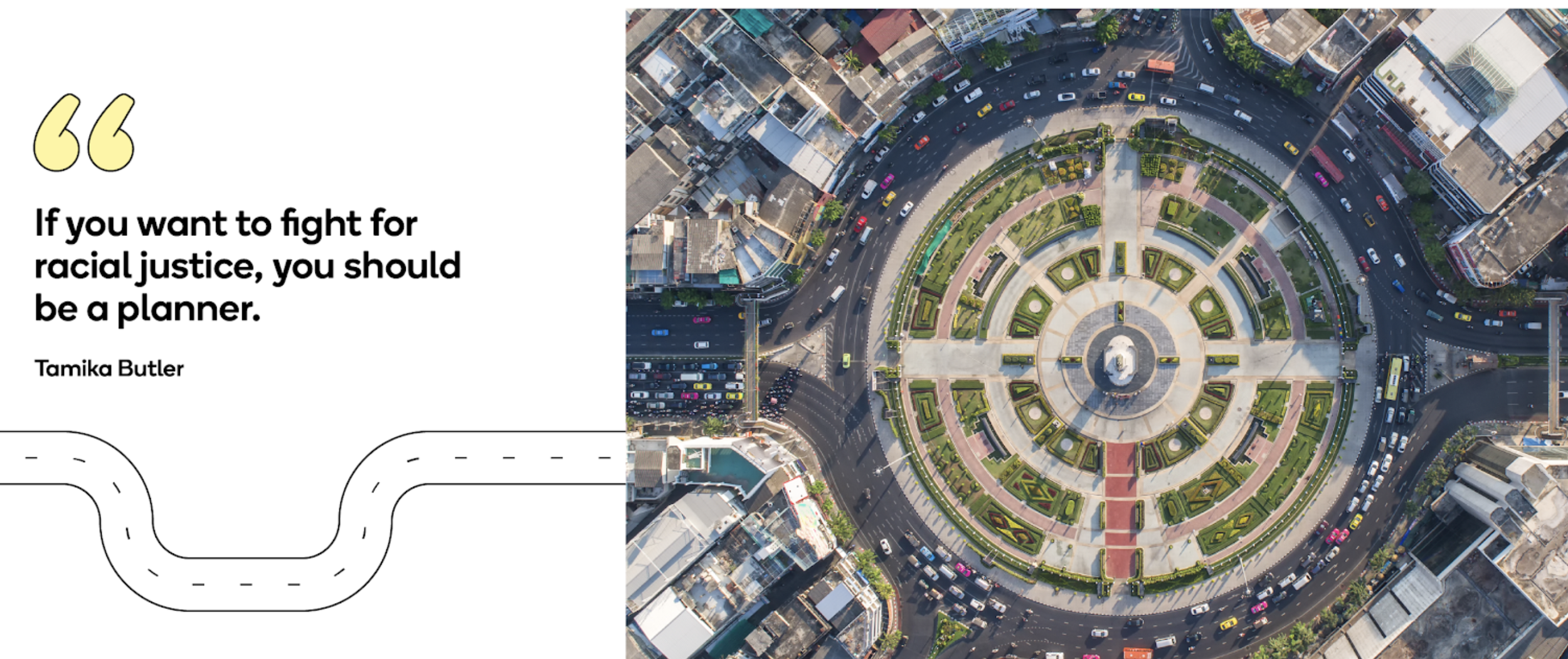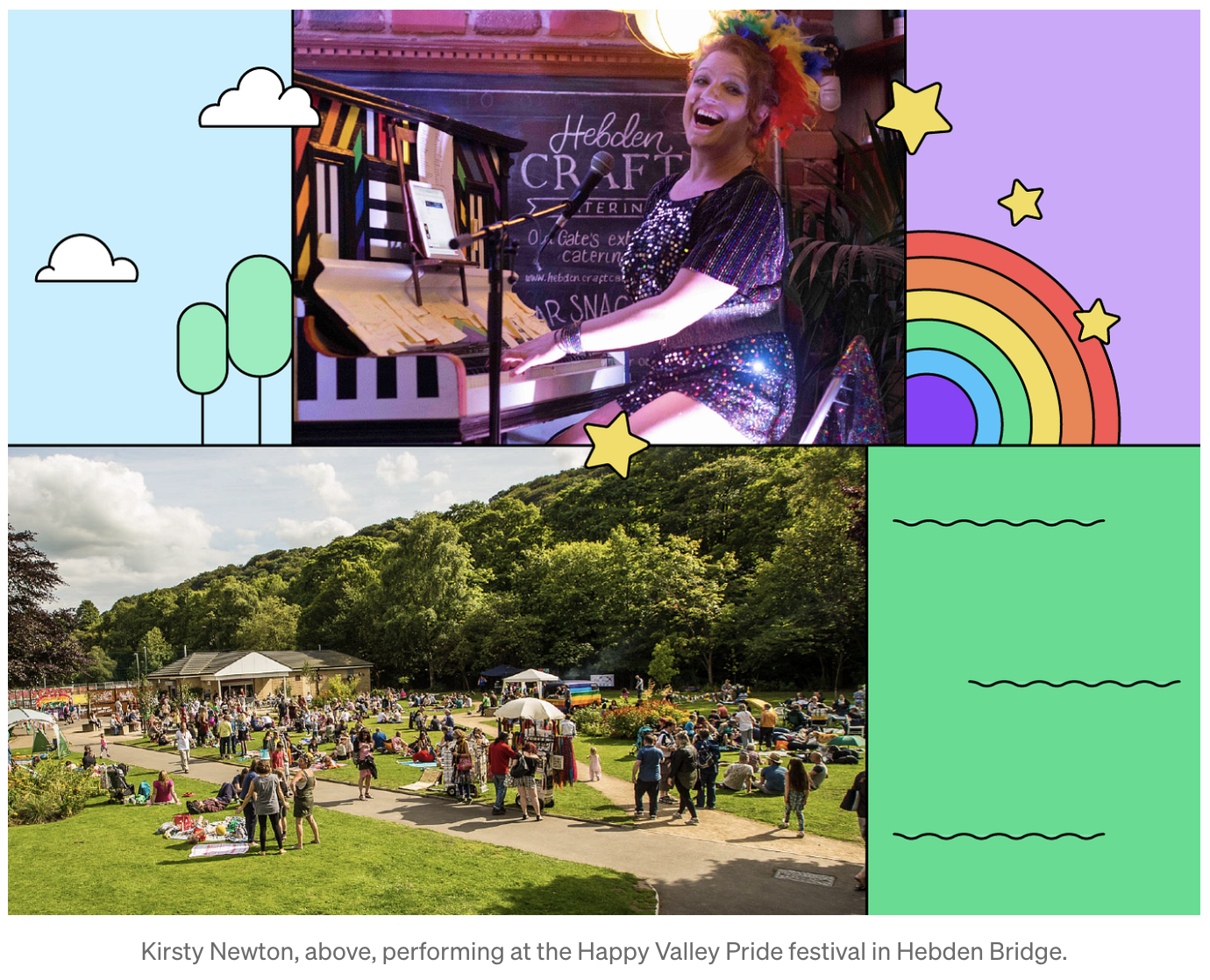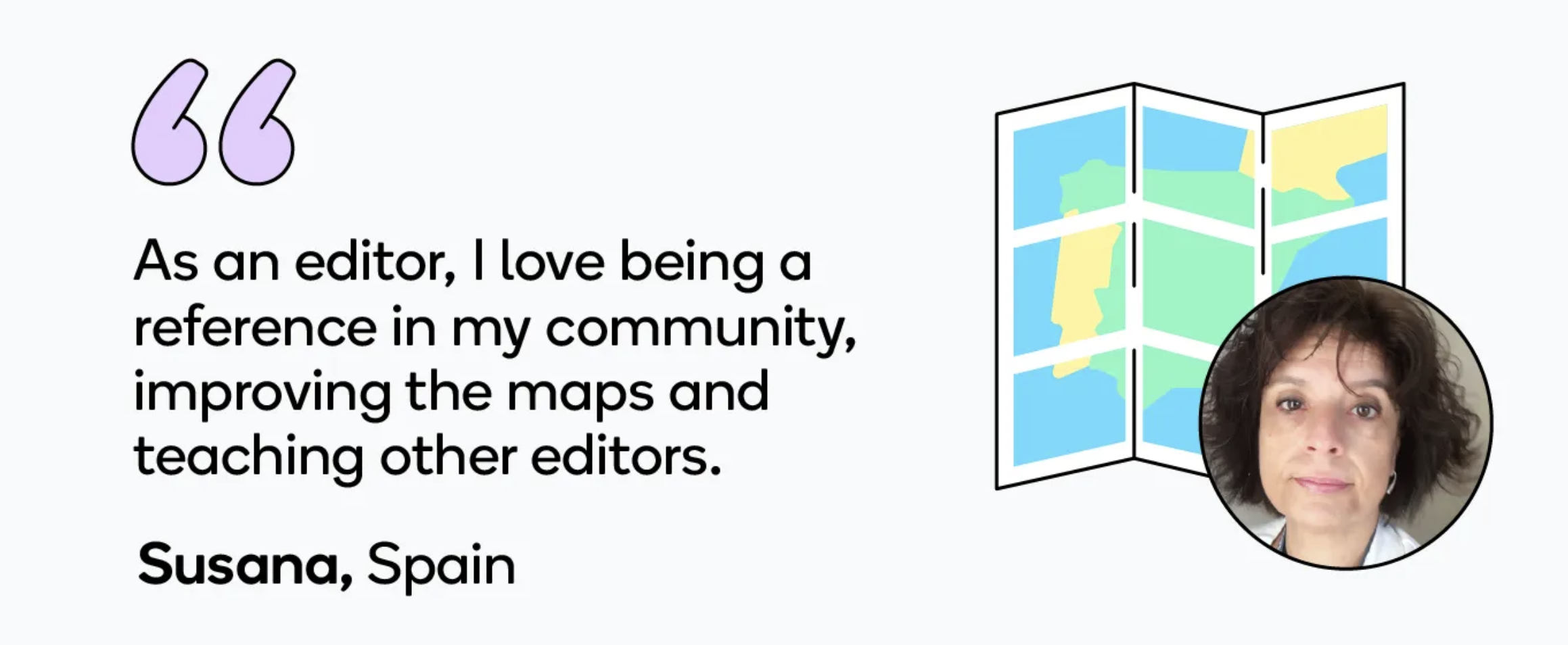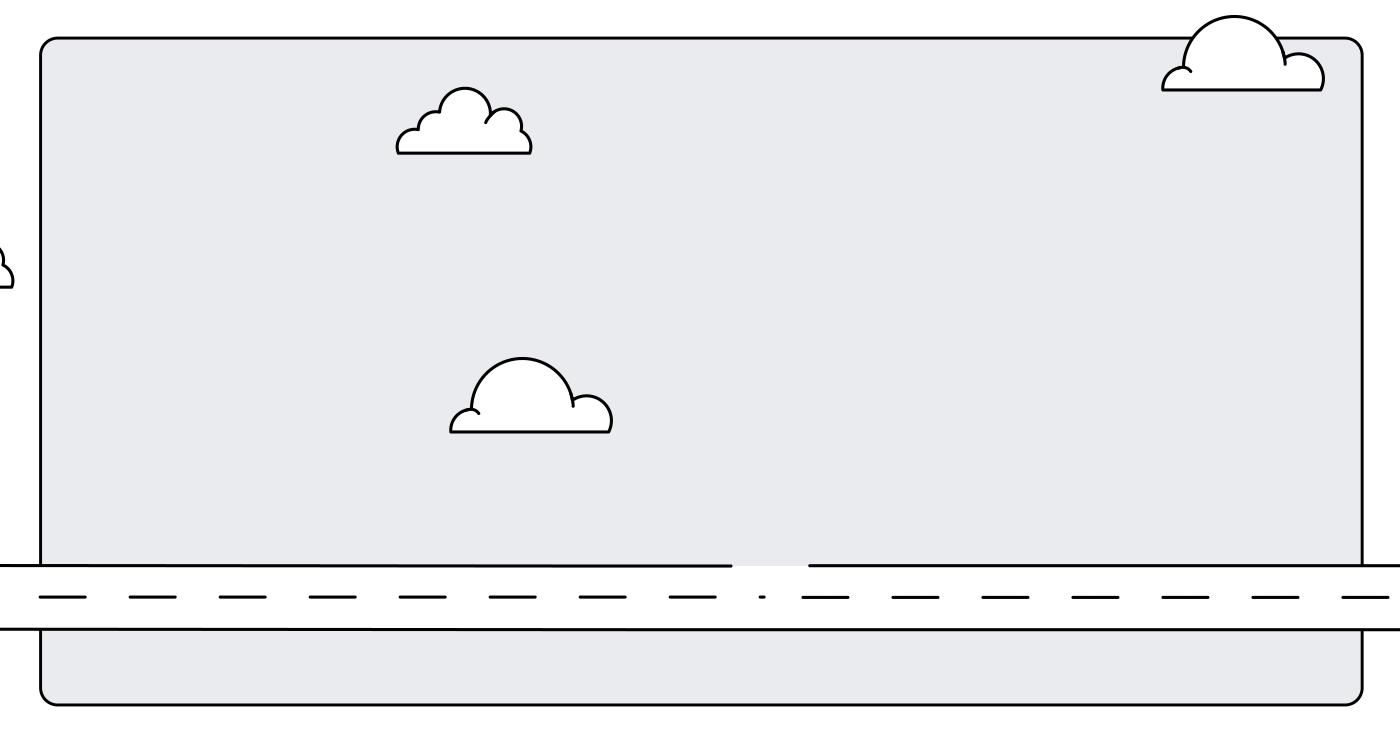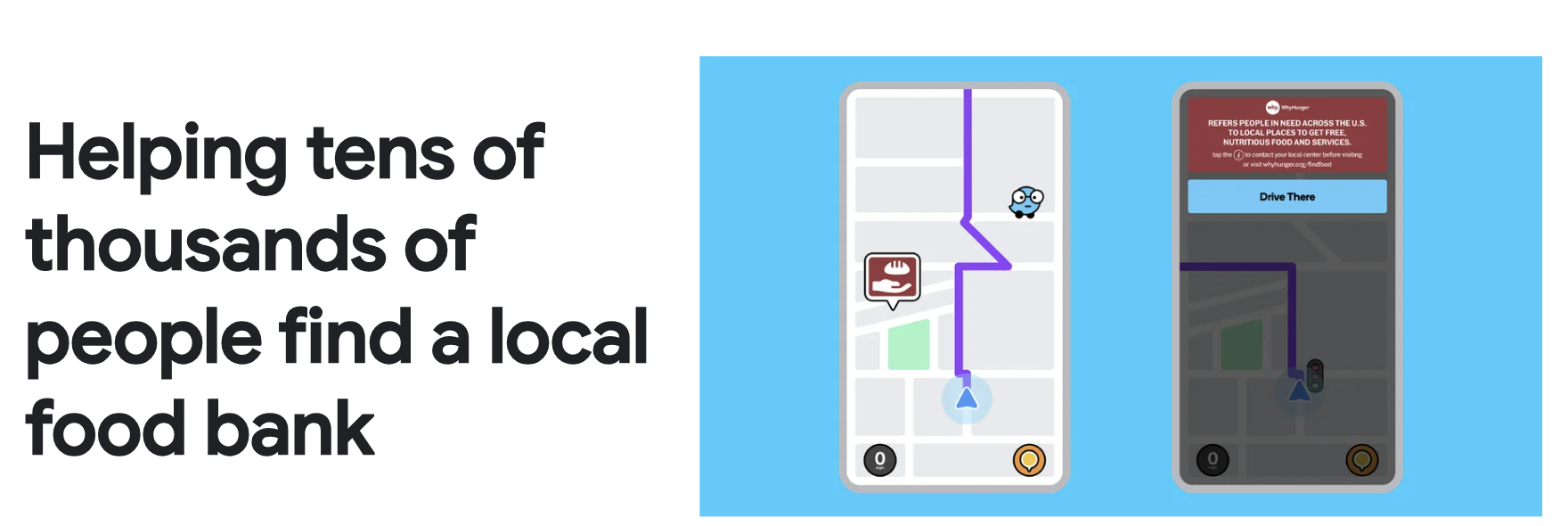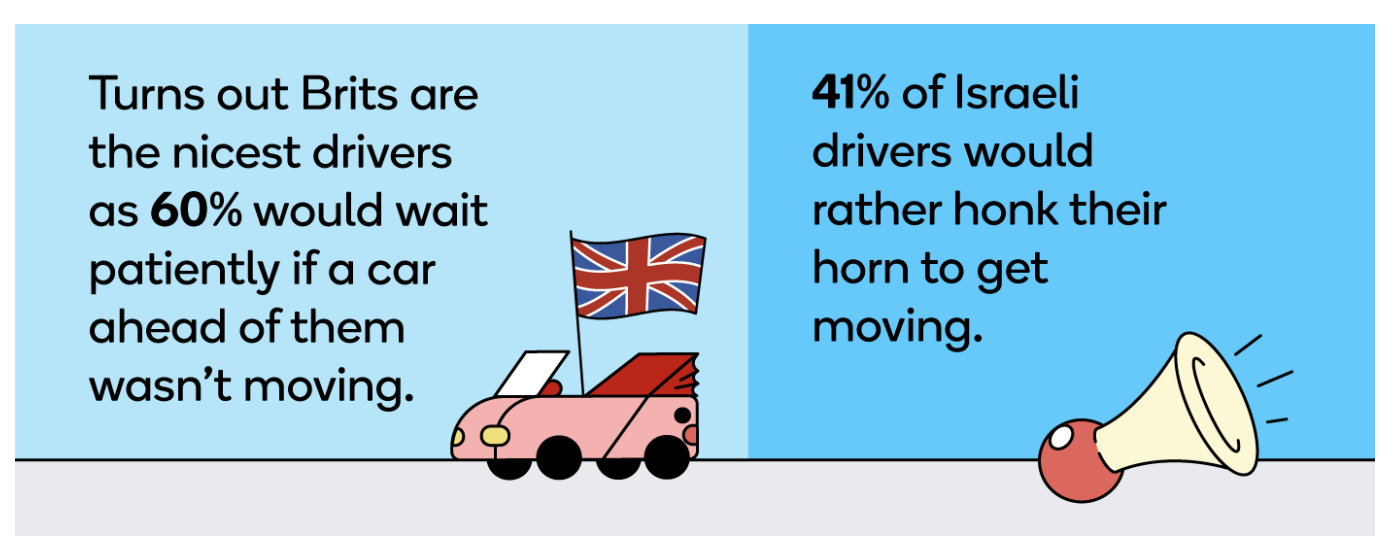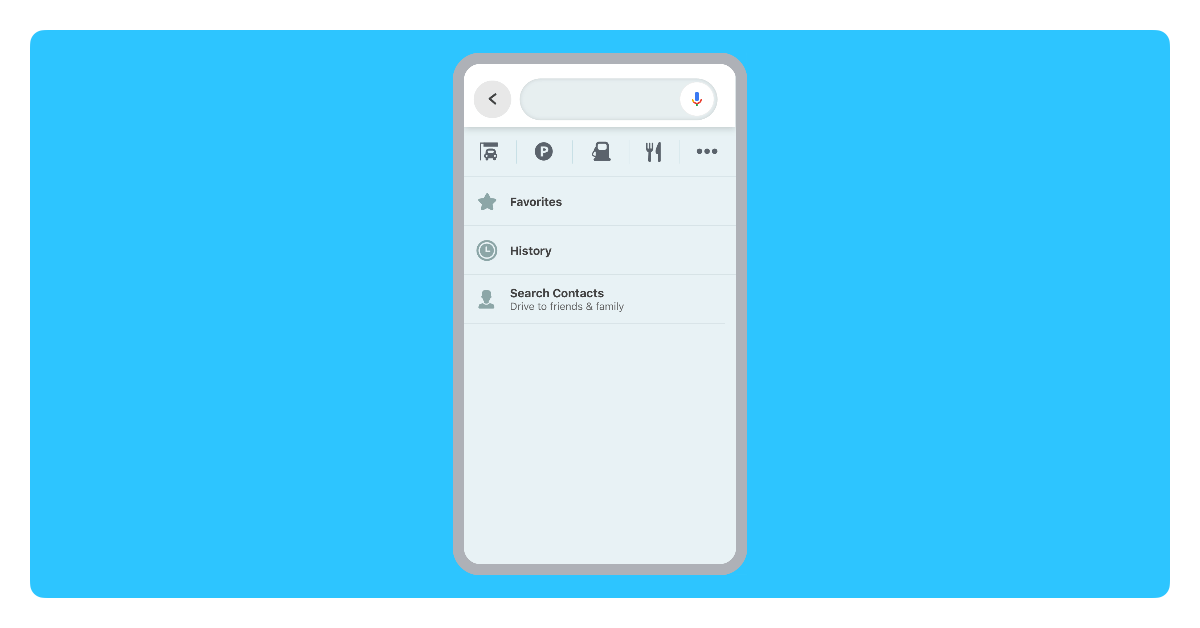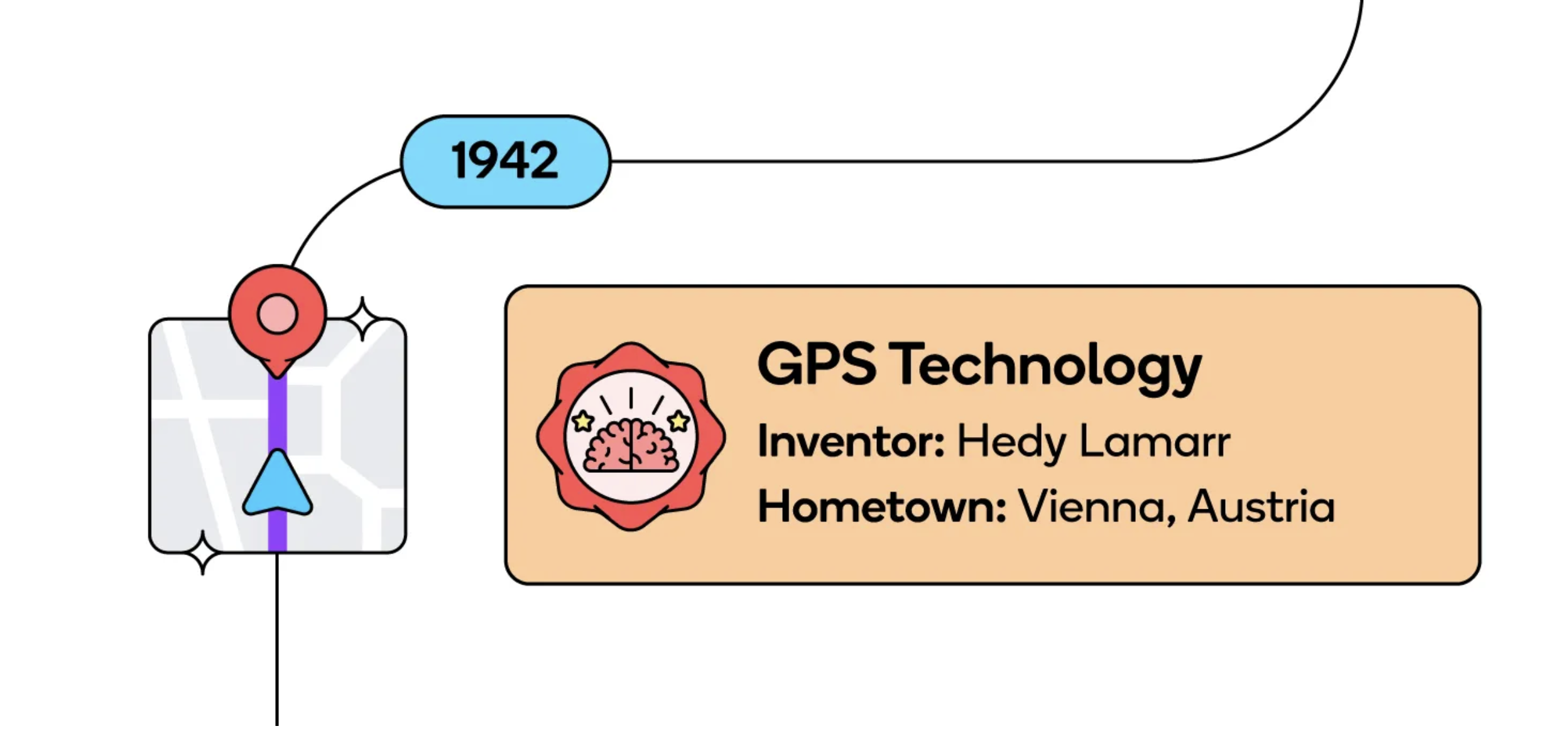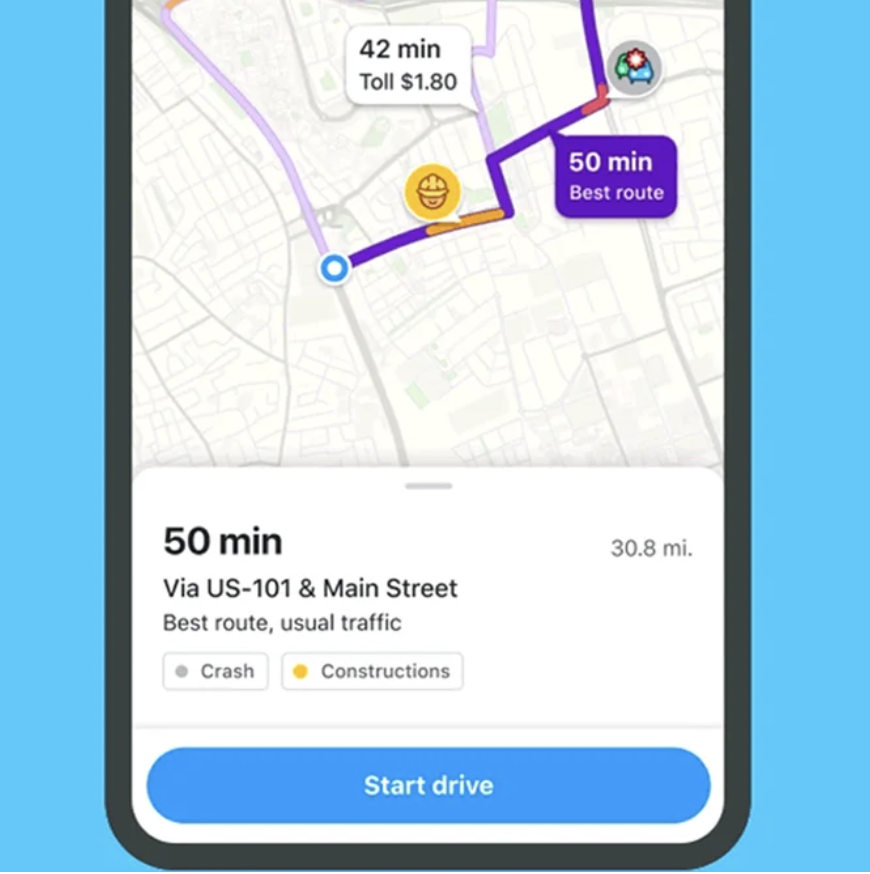WAZE EDITORIAL
WAZE EDITORIAL
As Waze’s Global Head of Editorial, I built and led the company’s first content department and multi-channel publication strategy from the ground up. I created a “startup-within-a-start-up” to bring editorial vision and point-of-view to the brand o drive conversation. I managed an agency team of 20+ to support all content programs globally and guided our company strategy for communicating go-to-market launches, cultural moments, and thought leadership.
Below are some of the pieces I’m most proud of.
My role: editor-in-chief, content strategy, agency management, copywriter, copy editor.
Black Urbanists Are Leading the Fight for More Inclusive Cities
Black city planning experts on inclusion in urban planning and why everyone needs to pay attention to transportation
There’s a common assumption about urban planning that the systems governing our cities start from a place of neutrality. That even when it’s flawed, urban design tries to objectively solve problems and strengthen communities. The question is, for whom?
“Nothing comes from a space of neutrality,” says Tamika Butler, a transportation expert whose consulting firm specializes in transportation and urban planning, as well as diversity, equity, and inclusion. “The U.S. was built on racist foundations. Everything we do with our land — where we put our highways, what communities we divide — is about policing movement and mobility.”
What Queer Community Looks Like Beyond Cities
In small towns, mobility plays an essential role in bringing together LGBTQ people and allies
When Christina King organized a Pride picnic three years ago, she kept her expectations in check. After all, she was doing it in Galesburg, Illinois, and celebrating Pride usually meant driving an hour to Peoria or three hours to Chicago. If 75 people showed up, King decided the picnic would be a success. Nobody’s likely to mistake a place like Galesburg for famously queer-friendly cities like San Francisco, New York, London, or Madrid anytime soon. But this Midwestern town of 30,000 is proof that LGBTQ communities can flourish outside of dense urban zones without merely recreating the urban queer experience. Instead, their approach embraces the values and beliefs of rural and suburban identities.
For decades, the migration of queer and trans people from small towns to the relative freedom and opportunity of cities has been a trope of urban mythology. It’s also one of the dominant narrative arcs of queer pop culture, as told and retold in countless books, movies, and TV shows. Yet as Galesburg and other towns across the world illustrate, big cities aren’t the only spaces where queer communities contribute and thrive.
Meet the Women Giving Directions to Millions
For International Women’s Day, we’re taking a guided tour of map editing life with five women stepping up year-round for their communities
International Women’s Day is a time to reflect on how far society has come with gender equality and how far it still needs to go. No matter what industry or environment you’re in, everyone benefits when there’s greater gender equality. Studies have shown that organizations and countries thrive when women are in leadership roles while group settings, like classrooms, see stronger performance when there is a gender-balance.
In the world of navigation and transportation, gender disparities show up in ways big and small. Something as seemingly insignificant as street names (most are named after men) sends a message about who gets to author where we go and how. Big decisions like testing seatbelt safety on crash dummies that reflect the “average male body” have led to higher rates of serious injury and death for women involved in car crashes.
A Living History of the Waze Map
Tracing the history of Waze from a pocket PC forum to a community of 50,000+ volunteers around the world
To truly understand the Waze map and how it got so popular, you have to go back to a small group of volunteers literally drawing maps with their cars and something called “FreeMap.”
For the first time, we’re gathering the lore of old and tracing a path straight to the thousands of Map Editors, Localizers, and Beta Testers who make Waze what it is today. It covers traffic jams, tunnels, and long-lost eras of the internet. It all starts in Tel Aviv in 2006.
The evolution of the soundtrack to our drives
From 8-tracks to audiobooks, what’s playing in the car sets the mood for the ride
If you imagine a highlight reel of your favorite car ride memories, there’s a good chance more than one of them will come back to what you were listening to along the way. Maybe it’s the cassette tape of your childhood, the timeless perfection of your “Summer ‘99” mix CDs, or today, your favorite podcasts and audiobooks for breaking up long rides.
For some reason, everything just sounds better in the car — especially the songs about the car — but we couldn’t quite put a finger on why. We talked to experts and every day drivers alike to find out what exactly makes driving and audio such a timeless pair, from radio and 8-tracks to the streaming options we enjoy today.
How Waze added over 74,000 food banks to the map in record time
Under the Hood gives you an inside look at different parts of Waze, straight from the people working on them every day
As a product manager on the Waze ads team, my day-to-day role is constantly changing. One day I might be helping a small pizza shop in New York City drive traffic to their store, and the next I might be supporting our internal team manage the life cycle of a campaign. I’ve always enjoyed my work and helping people reach their goals. And then March came.
Traffic Lab: Should Public Transit be Free?
Lessons from the first major fare-free system in the U.S.
The idea of hopping on a bus and actually getting to work on time — completely for free — might sound too good to be true. But earlier this year, Mayor Quinton Lucas made Kansas City the first major U.S. city to launch a fare-free public transit system. This is the realization of his “Zero Fare Transit” dream, which took a mix of public and private funding to become reality. Funding, Lucas knew, was where he would get the most pushback on his plans, so his first step toward free public transit was making the case. “There were tons of nay-sayers,” he explains, “so we had to tell the story of how the budgeting could work.”
The Year in Rear View: The Top Driving Trends of 2021
What we’ve learned about driving routines and patterns across the globe this year.
What did 2021 look like for drivers? With the year’s end almost here, we wondered how people around the world experienced the past 12 months on the road — so we decided to ask them.
Our inaugural “Year in Rear View” reflects on the top habits, quirks, and trends from drivers around the world in 2021 — the places we drove to most, the music and podcasts that kept us entertained, the driving behaviors we shared, and more. Our research highlighted some fascinating insights about driving this year, plus a few ideas to help you beat traffic this holiday season. Here’s to great roads ahead in 2022.
Making a Difference On and Off the Roads
Helping more, together.
Waze is about people coming together to affect change. From our community of Editors who freely volunteer their time to maintain our map, to our city partners who use Waze data to make important planning decisions, to our advertisers who have spent recent months helping drivers safely access the goods and services they need. We are proud of being able to support people around the world through our work together.
Over the years, this work has been geared towards solving traffic. But we know that our powerful collective can do more. We saw this earlier in the year when we rolled out our COVID-19 outreach program with our network of partners and volunteers, and we’re excited to announce what else we’re working on.
All the Moods of 2020
Our emotional goodbye to this 1,000-year long year
2020 had us all over the map. We cycled through every possible emotion, sometimes all in one day (or hour, let’s be real). In a year of uncertainty — hopefully the last time you’ll hear us say that — one thing is clear: community got us through. Wazers are always eager to help out in big ways and small, and this year was no exception. Our community helped add testing centers and food banks to the map. We said “thank you” to fellow drivers and gave a heads up about hazards on the road. That shared sense of hope, resilience, and kindness was the silver lining in a year unlike any other.
So, as we finally leave 2020 behind, let’s look back on an emotional journey we’ll definitely never forget.
It’s Time We Recognize These Five Women Who Changed Driving Forever
We’d probably be lost (and cold) on the road without them.
Women have always been inventors. But they haven’t always gotten the credit they deserve. For too long, laws and practices prevented women from receiving equal recognition, compensation and agency for their contributions to society. Women like Ada Lovelace, who wrote the first computer algorithm in 1843, and Dr. Shirley Jackson, whose work led to fiber optic cables, have shaped the way we interact, work, and get around. They were pioneers but encountered barriers due to sexism and racism in their fields and communities. Even today, women only hold about 22% of patents and aren’t expected to reach equality with their male counterparts until 2092. Of the more than 600 Nobel Prizes that have been awarded in science fields, only 20 have gone to women — and only 57 women have won a Nobel Prize in total.
In honor of Women’s History Month, we’re celebrating five women whose inventions continue to make our driving experiences better today. Next time you’re behind the wheel, take a moment to appreciate these innovators for their ideas and inventions.
Your Drives Have Never Been smarter
Harness Waze’s knowledge of the roads, even before you leave the house
We all like options. From dinner locations to workout playlists to movie nights, we want to choose what best suits us at any given moment, based on our priorities, the weather, or even simply our mood. And we know love for information is no different when you’re behind the wheel. You want options for getting from A to B — the cheapest, the shortest, the fastest — and you want to be sure whichever you choose is actually going to deliver before you commit to a route.
This is why worked hard to bring this information to Wazers, before they start a drive. Now, before you set foot in the car, you’ll be greeted by Waze with a wealth of new intel — like alternative routes, traffic conditions and real time reports — to help make your best routing choice. Making it easier than ever to get the info you need, before you even leave the house.
Driving Change with Hila, Head of Communities
Driving Change explores how leaders at Waze balance big-picture innovation with day-to-day challenges.
Hila Roth joined Waze seven years ago to build the Beta Community from scratch. Eventually, she became the Beta Community Team Lead, until the Beta team and other 4 Community teams joined forces. Now, as Head of Communities at Waze, she manages a global group which includes 5 Community Teams (Editors, Beta, Localizers, Carpoolers and Partners). Hila’s Global Group manages thousands of passionate volunteers around the world. We caught up with Hila to learn about how she and her team members foster relationships with volunteers, the features that wouldn’t be possible without them, and why the Community is at the core of the entire app.
Community is the heart and soul of Waze, and it’s one of the things I’ve always loved most about the app. At the end of the day, everything — from the latest features to the most up-to-date roads — relies on the contributions of our Community. When I joined Waze almost seven years ago, Map Editors made up most of the Community. Now, my team manages thousands of volunteers around the world in five different domains: Map Editors, Beta Testers, the Carpool Community, Localizers, and Partnerships. Their commitment to Waze and our mission is really what makes what we do possible.
